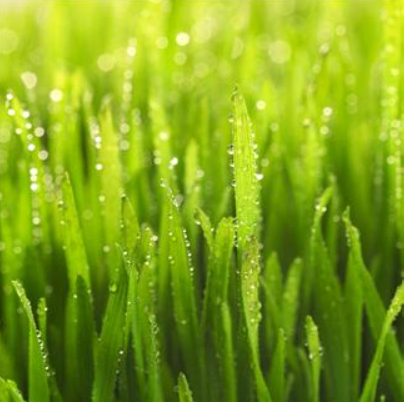Green roofs are rapidly becoming one of the most popular trends for facilities around the world. In North America, the rate of yearly green roof installation has jumped from 2 million square feet in 2004, to some 18 million square feet in 2011—a nine-fold increase. This impressive growth rate is linked to the high ROI associated with the lower energy costs, cooler buildings and reduced carbon emissions that green roofs can produce.
Yet growth would likely be even stronger if there were a way to eliminate concerns over the additional maintenance costs that many companies fear green roofs would require. In reality, upkeep for green roofs actually isn’t necessarily more difficult or costly than it is for traditional roofs, provided that it is consistent and timely.
Here are a few tips for keeping green roofs in top condition:
+Ensure maintenance is consistent and timely. The return on investment for a green roof is a function of its condition. Organic material must be cared for on a regular, predictable schedule in order to maximize the benefits of installing it in your roof. For normal roofs, lapsed maintenance tasks, checks, and inspections won’t necessarily result in catastrophic problems, provided that they are addressed within a reasonable amount of time. An organic roof, on the other hand, needs consistent, timely care in order to prevent serious problems from developing. Maintenance management software makes it easy to ensure that these routines are followed by centralizing information and keeping maintenance workers accountable.
+Keep gutters clear. These checks are likely already included in most facility maintenance routines, but additional debris can accumulate with green roofs. Choosing the right material to fertilize with is important, as traditional organic fertilizers degenerate into fine particulates that can block filters and gutters. Specifications for your roof can be attached to a schedule group within your CMMS to ensure that mistakes aren’t made that could develop into bigger problems. Maintenance schedule groups should be created to ensure that simple tasks like these are not skipped. Be sure that you maintain records of who you are getting your fertilizer through, as well as which specific kind. Small mistakes in this area can lead to problems, so it’s best to be safe.
+Don’t over-water. Most green roofs are designed to require as little water as possible, and numerous green roof-related sites strongly caution against excess watering. These roofs often contain components that can break down if exposed to too much water, causing filtration and gutter systems to clog. Excess water can also become very heavy, placing additional strain on the roof’s underlying structure. Maintenance staff should check moisture levels when they clear gutters to ensure that the roof isn’t retaining too much water.
+Weed and spray with pesticides. Seeds carried by the wind or dropped by birds can introduce different plant species to your roof, and like a garden, these invading plants can wreak havoc on your roof’s ecosystem. It is therefore vital to weed and spray the roof regularly. This is a perfect example of the type of maintenance that is easy to perform, but can have a major impact on the overall ROI of your roof. Automated alerts are very useful for activities like these, as they help prevent them from being put off for too long or forgotten altogether.
+Identify problems early. Green roofs may be exploding in popularity, but it’s important to realize that they are still relatively new (for modern buildings, at least). Consequently, it’s important to check the roof often to identify any problems that may have occurred during installation or following extreme weather. A preventive maintenance routine will help catch problems while they’re small, preventing them from requiring major work.
Above all, it’s important to realize one thing: if you maintain the grounds around your facilities, you should have no trouble maintaining a green roof. Don’t let these simple routine tasks dissuade you from making this eco-friendly, high-ROI investment.

